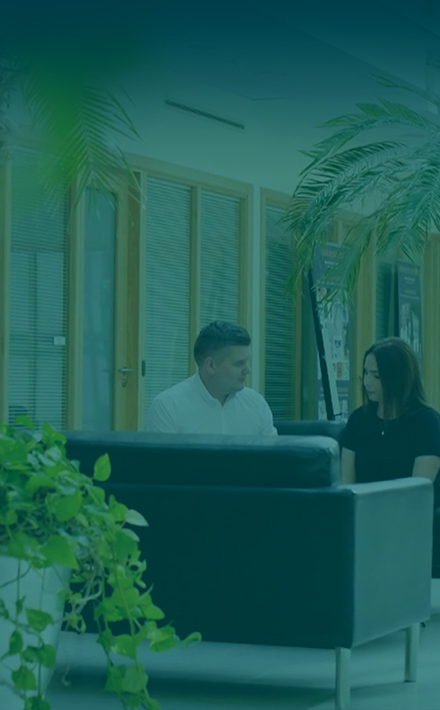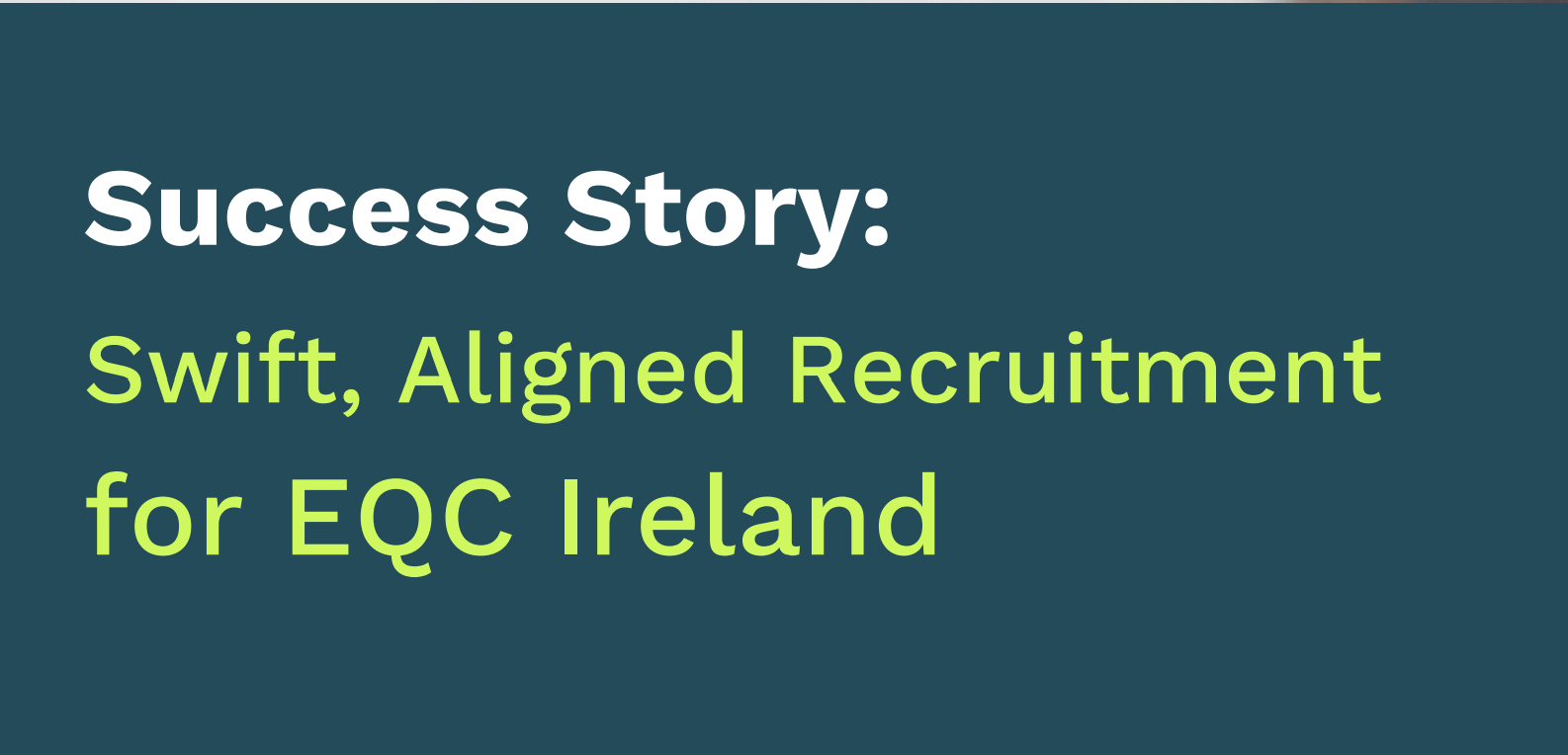
Green Talent is on the rise
IDA Ireland, in partnership with Microsoft and LinkedIn, published its latest Labour Market Pulse, which provides an overview of the current insights and trends across the Irish labour market to help inform decision makers across business, academia and public policy.
This edition of the Labour Market Pulse takes a closer look at the skills needed to support the transition to the green economy. This is particularly relevant off the back of the recent COP27 conference, where attendees called for more ambitious climate targets and stronger commitments to tackling climate change. This Labour Market Pulse shows the rising importance of green skills among today’s workforces. The latest data from LinkedIn, based on analysis of the skills added by the platform’s 875+ million members globally over the past seven years, reveals that the share of green talent on LinkedIn has risen from 9.6% to 13.3% between 2015 and 2021.
Ireland mirrors global and European talent trends, with 13% of LinkedIn members in Ireland considered ‘green talent’ in 2021. This includes LinkedIn members that work in green jobs, requiring skills that enable the environmental sustainability of economic activity, and those that have these skills listed on their profile.
The increase of green talent on LinkedIn has been driven partially by new sustainability-focused jobs but predominantly by jobs in other sectors with sustainable elements, such as compliance managers or data scientists. The most popular green skills groups added on LinkedIn in Ireland last year were Sustainability, Environmental Awareness, Renewable Energy, Environment, Health and Safety (EHS) and Environmental Science.
Green work
In 2021, approximately 10% of LinkedIn Ireland members hired were in green jobs or jobs that benefited from green skills. Hiring for green jobs almost doubled from 2016 figures.
Green jobs have particularly grown since 2019, coinciding with the implementation of climate targets and policies such as the Climate Action Plan. The continuation of this growth since 2020 has been encouraged by the focus on sustainability as a critical component to economic recovery following the Covid-19 pandemic. This focus has been implemented at all levels, for example through the European Union Recovery and Resilience Facility’s requirement for Member States to focus plans on sustainability and digitisation.
It is estimated that the Irish economy will need to fill over 20,000 jobs by 2030 just to support leading green economy sectors. Although new entrants to the labour market will fill some of these gaps, investment in lifelong learning, training and upskilling initiatives will be key to ensure future demand for green skills is met.
Employment
Meanwhile, the report also looks at employment rates in Ireland and highlights a decline in the hiring rate from post-pandemic highs. However, this 2022 figure is still above hiring rates in both October 2019 (+6.3%) and 2020 (+6.75%).
Amid several economic headwinds, uncertainty dampened consumer spending in Ireland during the first quarter of the year. However, the labour market continued to perform strongly throughout 2022, with CSO data showing that the total number of people employed in Ireland reached record levels of 2.55 million people in Q2 of 2022 and maintained them in Q3.
Overall Ireland is approaching current economic challenges from a position of high employment, strong economic growth and robust public finances. IDA Ireland has seen a strong flow of foreign direct investment with several major announcements across sectors and regions and IDA’s recently announced annual results showed further growth in investment and employments in the multinational sector in 2022. Foreign direct investment is also growing rapidly in the green economy. The renewable energy sector was the biggest recipient of FDI globally in both 2020 and 2021, taking over from Coal, Oil and Gas which had been the traditional leader.
(Source IDA Ireland)












